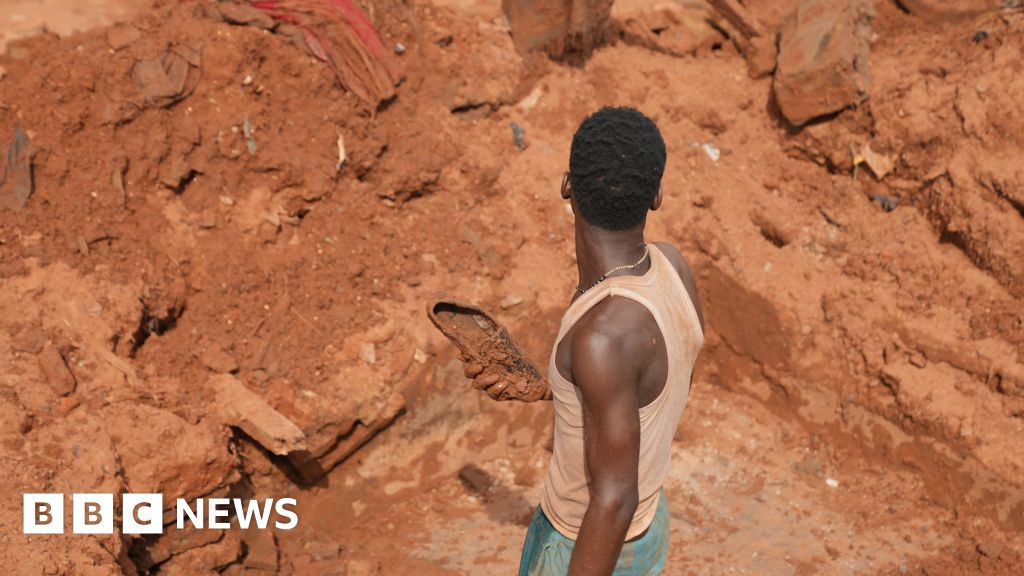- U.S.
US bombs nuclear sites in Iran
时间:2010-12-5 17:23:32 作者:Environment 来源:Arts 查看: 评论:0内容摘要:She had previously written long-form fiction in the hope of "writing a book one day", she said, but had decided to "branch out" when she heard about the company's course.She had previously written long-form fiction in the hope of "writing a book one day", she said, but had decided to "branch out" when she heard about the company's course.
Salmón Chile's chairman, Arturo Clements, says the government needs to do more to help the industry expand."For us it's been very difficult to grow, because we have too many regulations, and we have too many conflicts regarding the use of the sea," he says. "What we need is to define a long-term strategy regarding salmon farming."

Much of the conflict concerns the locations of many of the fish farms, which critics say are highly polluting.More specifically, there are 408 salmon farming concessions – licenses granted by the government that allow a company to operate a salmon farm in a specific area – within supposedly environmentally protected areas in Chile.These include 294 in national reserves, where limited commercial use of natural resources

And 29 in the more strictly controlled national parks, where business operations are officially not supposed to be permitted.Flavia Liberona is the executive director of Terram, a foundation that promotes sustainable development. In her hot and sticky office in an old building in the centre of Santiago she describes an environmental campaign that she's part of – Salvemos La Patagonia or Save Patagonia.

It wants to protect the natural habitat of the entire Chilean Patagonia region. This vast geographic area starts north of Puerto Montt and then extends all the way down to the very base of the country. And it is where most of the salmon farms are located, in its many fjords.
"We want the salmon farms to stop operating in the national parks and national reserves," says Ms Liberona.in Washington DC, in which 67 people died.
Footage of a plane flipping over after landing in poor weather in Toronto, Canada, has also been widely shared online, further fuelling alarm.And while polling on the subject is limited, one recent Associated Press survey suggested these startling images of accidents have
But BBC Verify has analysed data in the US and worldwide and found that over the past two decades there has been a general downward trend in air accidents.For the US, figures on air accidents have been compiled by the National Transportation Safety Board (NTSB) up to the end of January this year.
- 最近更新
- 2025-07-07 07:40:12Colombia’s army says 57 soldiers kidnapped in restive southwest
- 2025-07-07 07:40:12AOLA disgusting heat wave is coming — Here are 20 cooling fans on sale at Amazon
- 2025-07-07 07:40:12AOLA disgusting heat wave is coming — Here are 20 cooling fans on sale at Amazon
- 2025-07-07 07:40:12Thailand says ‘progress made’ in border dispute talks with Cambodia
- 2025-07-07 07:40:12Can divided European powers help end Israel’s war on Iran?
- 2025-07-07 07:40:12Dozens of Bali flights cancelled after Indonesia volcano erupts
- 2025-07-07 07:40:12Thai government in crisis amid fallout from PM’s leaked phone call
- 2025-07-07 07:40:12InStyle3 days ago7 Radiant Colors That Go With Any Red OutfitThese combos are a surefire hit
- 热门排行
- 2025-07-07 07:40:12Rechargeable Waterproof Headlamp Flashlights (two-pack)$16$25Save $9with coupon
- 2025-07-07 07:40:12The best at-home Botox alternatives, according to dermatologists
- 2025-07-07 07:40:12Tariffs on Canada and Mexico Could Raise Car Insurance
- 2025-07-07 07:40:12‘Massive’ Russian air assault kills at least 10 in Ukraine’s capital Kyiv
- 2025-07-07 07:40:12Stone Fruit, Tomato and Cucumber Salad
- 2025-07-07 07:40:12Nippon Steel acquires US Steel for $14.9bn after months of struggle
- 2025-07-07 07:40:12liability, comprehensive and collision coverage
- 2025-07-07 07:40:12Nippon Steel acquires US Steel for $14.9bn after months of struggle
- 友情链接
- Military briefing: will Iran start a new ‘tanker war’? Anneleen Van Bossuyt suggests measures echoing Donald Trump’s negotiation tactics China needs to take a long-term view and let the renminbi rise Japan’s ruling party suffers record low result in Tokyo poll Subsidies for locals and tax-free salaries have left region fiscally vulnerable ‘ESD’: an investor framework for an era of upheaval Inflation and interest rates tracker: see how your country compares In maps: Iran’s three nuclear sites targeted by US bombers Trump and Tehran can still make a deal Keir Starmer’s balancing act on Iran risks political pain at home What happens to Nato if the US steps back? Trump gambles his presidency as US enters war with Iran End Nato secrecy to convince voters on defence spending, says Lithuania Inflation and interest rates tracker: see how your country compares Elevate your dining experience, whether you’re watching Wimbledon, Wicked, or the sun go down FirstFT: Trump raises prospect of ‘regime change’ in Iran Anneleen Van Bossuyt suggests measures echoing Donald Trump’s negotiation tactics Gulf allies shaken by Trump’s Iran strikes The 10 most entertaining terraces in London Could strikes on Iran cause a nuclear disaster? Gulf allies shaken by Trump’s Iran strikes Elevate your dining experience, whether you’re watching Wimbledon, Wicked, or the sun go down Inflation and interest rates tracker: see how your country compares Real success for Trump in Iran will require de-escalation Monthly PMI data strengthens case for Bank of England rate cut in August The Israel-Hamas war in maps and charts He should persuade the leadership in Tehran that this is still possible Gulf allies shaken by Trump’s Iran strikes China needs to take a long-term view and let the renminbi rise Japanese politics & policy
